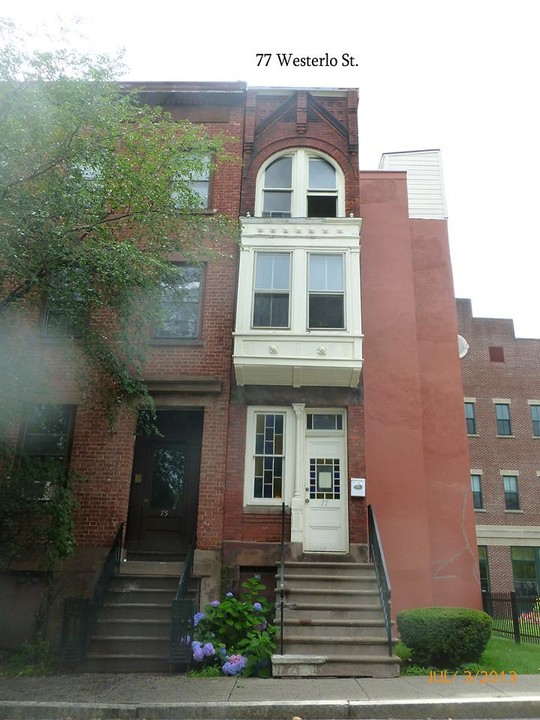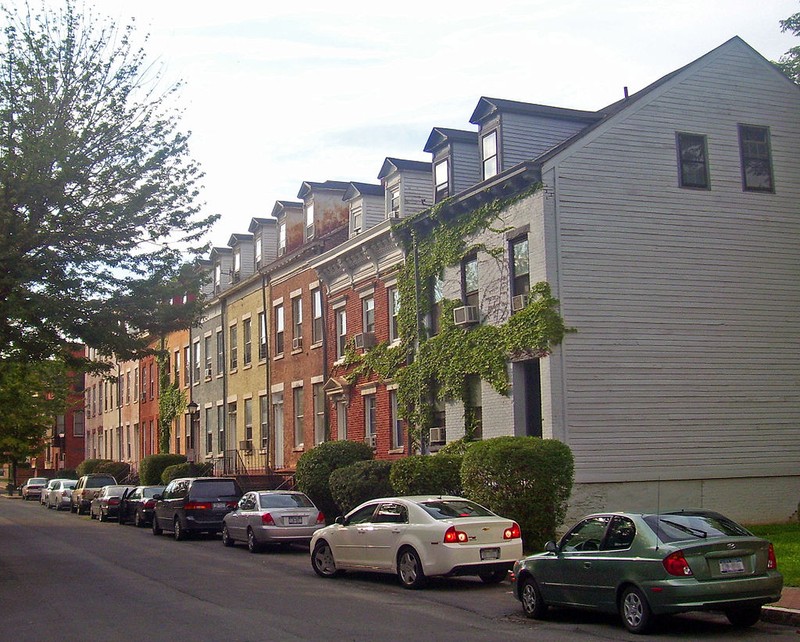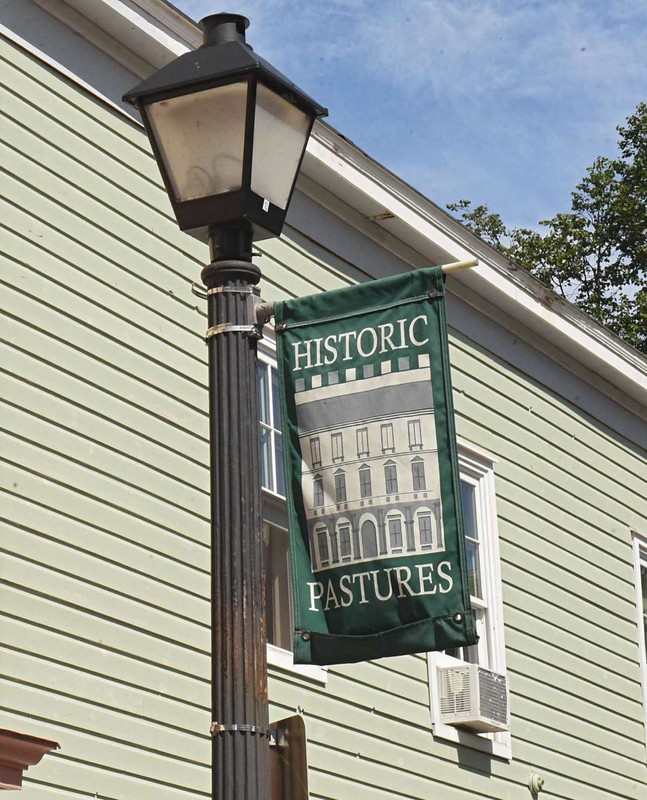77 Westerlo Street
Introduction
Text-to-speech Audio
Images
77 Westerlo Street

Houses on the north side of Westerlo Street - 2008

Historic Pastures banner on Westerlo Street

Backstory and Context
Text-to-speech Audio
77 Westerlo Street is located within the Pastures Historic District in Albany, NY, to the east of the Mansion Historic District, sometimes nicknamed Mansion Hill. Built in circa 1876-1886, the house is the remnants of “a leftover piece of land that was wedged between the commercial building on S Pearl and the last building on Westerlo,” according to the city of Albany Historian Tony Opalka. The Pastures District is named after the land that was deeded to the Dutch Reformed Church by the city council of Albany in the late 17th century. The city of Albany was deeded in 1686, and the Pastures District is one of the oldest areas in Albany. Pastures was designated as a historic district in 1972. According to the National Register of Historic Places Inventory - Nomination Form, dated March 16th, 1972, the present use of the Pastures Historic District contemporary to 1972 was for commercial, residential, and religious purposes. It is a thirteen block neighborhood located in the Southend Area of Albany. According to the National Register, many of the buildings were constructed in a time where high-quality artisan carpenters were engaged in construction within Albany. “Fortunately for posterity these buildings, even those built as speculative ventures, were constructed during an era when a high quality carpenter-building tradition prevailed, so that succeeding generations may benefit by the continuing use of the structures.” Pastures were developed by manufactures and merchants that were involved in various business endeavors, including breweries, hardware businesses, and investment in finance.
During the time 77 Westerlo Street was constructed, the country was in the process of recovering from the Civil War. In the later half of the 19th century, row houses and commercial buildings began to appear in the neighborhood. “The building styles of the third quarter of the nineteenth century left an important mark on the Preservation District. Several large three-story single family dwellings were built throughout the district… These buildings are characterized by bold detailing and the enlivenment of the facade through the use of widely projecting lintels and cornices.” In the Inventory - Nomination form, these comments were made about 77 Westerlo Street and the surrounding area: “No. 77 Westerlo St., constructed in 1886, with its ornate brickwork, is conspicuous in its singularity. The simplicity of Nos. 68 and 70 Westerlo St., erected during the turn of the century, probably indicates their speculative nature.” The neighborhood continued to see economic growth and development during this period. Economic growth is also evident in the conversion of basements in residential homes, to businesses.
77 Westerlo Street is a charming and unique example of Victorian architecture. Built in a row-house style, sharing a wall with 75 Westerlo, both buildings feature simple Victorian Cornices, similar to the Gothic revival style, another element of Victorian Architecture that incorporated the revival of medieval gothic cathedrals prior to the renaissance. Westerlo Street features numerous examples of 19th century brick and brownstone row-houses, a style that can be found in many U.S. cities with 19th century buildings left intact. The style was popular and practical, due to the demand for property in American cities during the industrialization that occurred in the U.S. following the Industrial Revolution and the Civil War. Westerlo Street experienced a growth in economic development during the later half of the 19th century.
Sources
Department of the Interior. National Park Service. (3/2/1934 - ) New York SP Pastures Historic District. Preliminary Survey of Pastures Preservation District. File Unit: National Register of Historic Places and National Historic Landmarks Program Records: New York, 1964 - 2013. Series: National Register of Historic Places and National Historic Landmarks Program Records, 2013 - 2017 Record Group 79: Records of the National Park Service, 1785 - 2006. National Archive Identifier 75316307. March 16th 1972.
https://www.flickr.com/photos/albanygroup/9332318058
https://en.wikipedia.org/wiki/Pastures_Historic_District
https://www.timesunion.com/upstate/article/A-village-in-Pastures-13260688.php#photo-16234753
